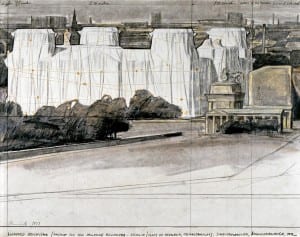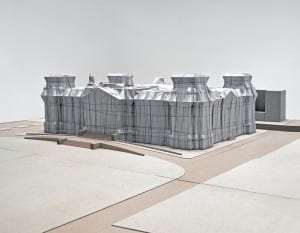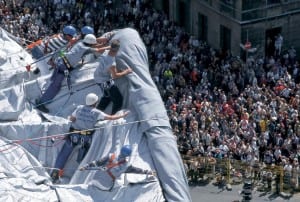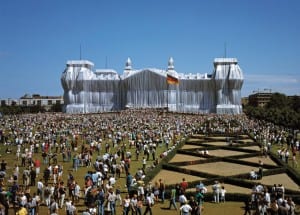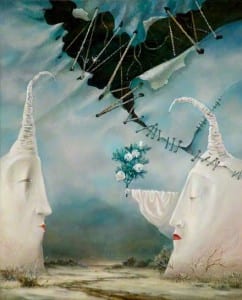Another huge influence to our performance was the performance led by Christo and Jeanne-Claude of the ‘Wrapped Reichstag’. They change a iconic and influential building in Germany over the course of a few days and watch how the public react to this. The public reaction in our performance is something we are extremely interested in and believe many people will stop and watch our performance throughout to see the end product. They re-create the Reichstag and make it original and unique which is what we are aiming to achieve when creating and building our own Big Ben. Although the huge difference is that we aren’t actually using the site of the Big Ben, we are still changing how it would potentially look and re-creating another iconic structure.
This is the Youtube video link to the performance- http://www.youtube.com/watch?v=esiErDm62E4
After researching and finding pictures of the planning Christo and Jeanne-Claude went through it has given us ideas to try out many different materials, after the polystyrene was unsuccessful we know we at least have a lot more time to try different ideas to make our structure the best it can be. Also it has helped seeing they used drawings to give them inspiration, we have decided to start to draw how we want the structure to exactly look like and make smaller model before making the final one. The works of the ‘Wrapped Reichstag’ has helped us as it shows using an iconic building brings a lot of meaning and questions to the performance.
The original drawings of the ‘Wrapped Reichstag’ during planning.
A computerized picture of how they wanted the final outcome to look.
During the performance, whilst being ‘wrapped’, shows how many people were interested in what was going on, as it wasn’t being explained throughout, which is what we aim to do during our performance.
The completed building.
